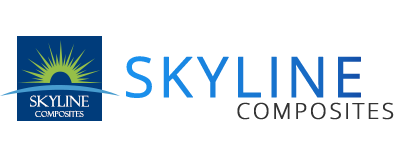PVC foam board(PVC expandido, plastwoood)) is generally divided into PVC co-extrusion board, PVC Celuka board, and PVC free-foam board. The above can be called PVC foam board, also known as the Sintra board and Andy board. Its main chemical composition is polyvinyl chloride (PVC). PVC foam board has the characteristics of anti-corrosion, moisture-proof, mold-proof, non-water absorption, drillable, sawable, planed, easy thermal forming, thermal bending processing, and so on. Therefore, it is often used in furniture, cabinet, bath cabinet, exhibition rack board, box cores, indoor and outdoor decoration, building materials, chemical industry and other fields, advertising signs, printing, silk screen printing, spray painting, computer lettering, electronic instrument product packaging, and other industries.
PVC co-extruded foam board adopts the advanced production process of “co-extrusion by two extruders.” The surface layer has no foam, a smooth surface, and high hardness. Product application: mainly used for craft grade carving products, such as various shoe cabinets, shoe racks, storage racks, screen partitions, etc.
PVC Celuka foamed board is produced by the Celuka process, with a layer of hard skin on the surface, which is smooth, flat, high hardness, good mechanical properties, high product precision, small thickness error, and strict requirements on mold, formula, process and raw materials.
Product application: it is mainly used for engraving. The board has good hardness and can be carved into various shapes without rough edges; At the same time, it is also widely used as the substrate material for PUR lamination of furniture cabinets. It is environmentally-friendly, formaldehyde-free, light, and easy to process.
PVC free-foam board has a loose surface, no crust, and presents a fine concave-convex pitted texture, which is conducive to printing, spraying, and veneering. It can be produced by using ordinary foaming mold, and the process is relatively easy to control. Product application: the product is mainly used for advertising mounting, photo, silk screen printing, etc.
